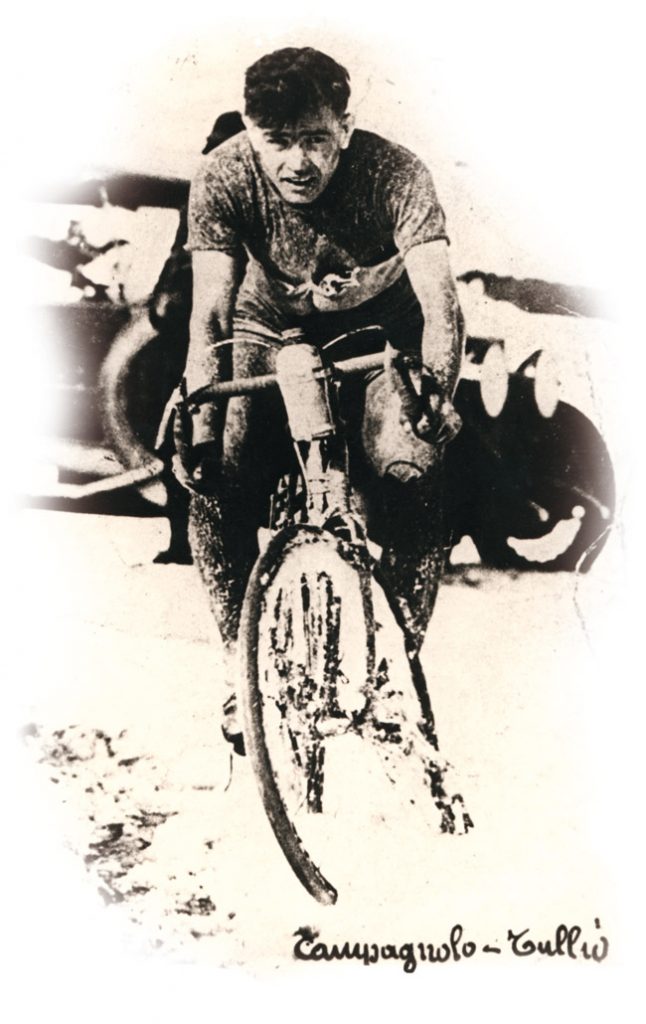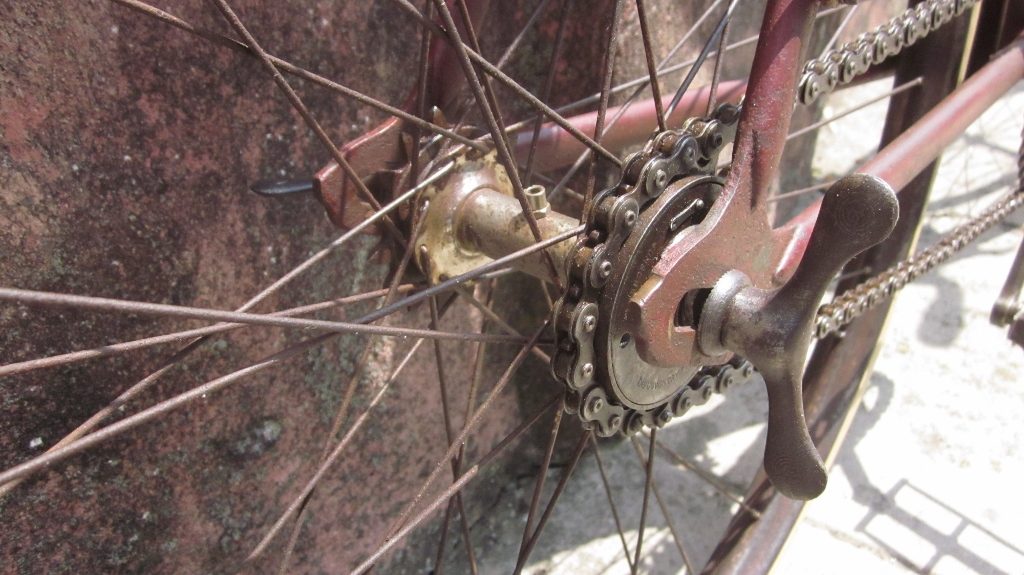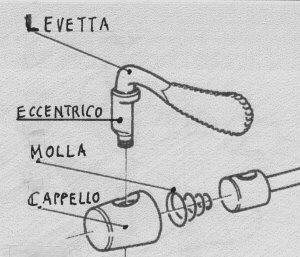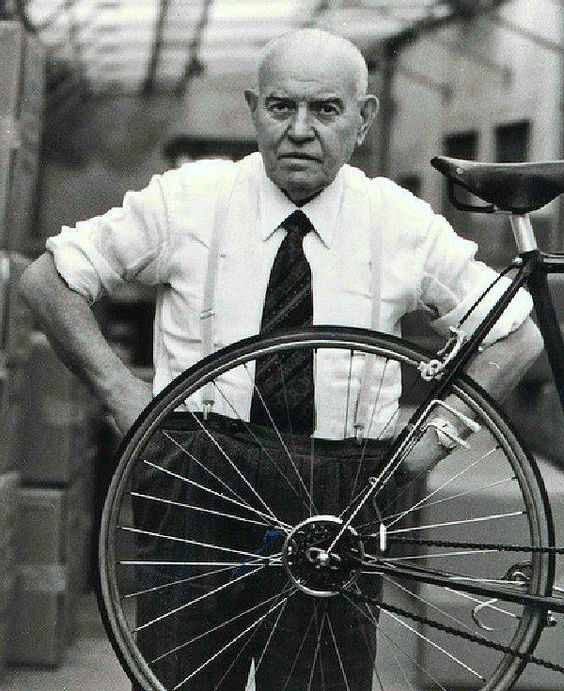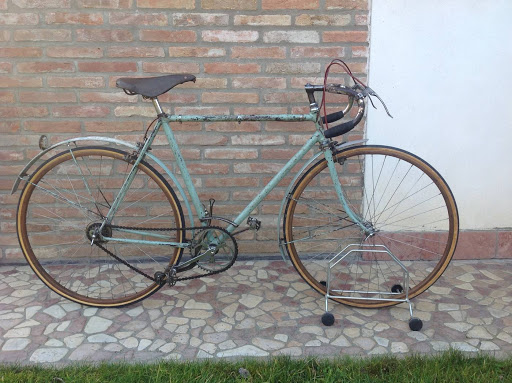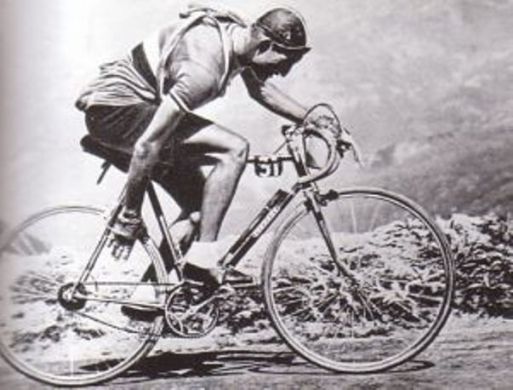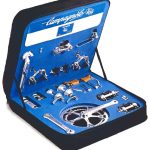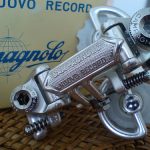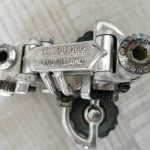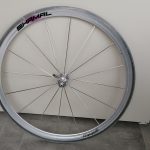Tullio Campagnolo's career begins like many young people who are in love with cycling and cycling in particular. During the day he goes to high school Vicenza and in the afternoon he helps in his father's iron shop where he already experiences the feel for material iron.
However, the passion for cycling is so great that he decides to become a cyclist at the age of 20. He is not lacking in physical, strength and perseverance and soon Tullio becomes a professional cyclist. Due to the scarce results, his professional career only lasts a few years.
However, that short period was not a lost time, but was of great importance for his later career as an entrepreneur and inventor. It was during this time that Tullio understood that there was something wrong with cycling, he noticed the difficulty with which the cyclists had to loosen and turn their rear wheel before and after each climb to change gears.
The bicycles at that time had a sprocket on both sides of the rear wheel: a small sprocket for the flat and a larger one for the climbs.
There are stories of cyclists who, with frozen hands, failed to unscrew their rear wheel. The famous Italian professional rider Girardengo is said to have thrown his bike to the ground during the Milan Sanremo race and drew a cross in the gravel to emphasize the surrender.
At the foot of the ascent of the Passo Croce d'Aune, Tullio Campagnolo also had problems in 1927, and he swore that one day he would invent a simple system.
Campagnolo's 1st invention: the quick release
Once finished his career, Tullio locked himself into his dad's metal shop and invented a simple system to remove and replace the wheel in no time. The quick release was born! A system that is still used today, after more than 80 years, in the world of cycling and mountain biking.
In 1930, young Tullio applied for his first license and started working on several prototypes. To pay for everything he entered into a partnership with the Brivio brothers, well-known bicycle parts manufacturers and one of the first to believe in the idea of Campagnolo.
However, it was only in 1933 that Tullio founded the company Campagnolo Srl, with the headquarter in a small office in his father's metal shop. From then on Campagnolo started to produce series of quick releases, still with the support of the Brivio brothers. After all, this collaboration would last until Tullio's death.
Campagnolo's 2nd invention: the derailleur Corsa with 2 levers
The quick release technology soon led to Tullio's 2nd invention, namely the 2-lever derailleur Corsa. This device consisted of 2 levers attached to the rear fork of the bicycle frame. The longest lever functioned as a quick release and served to loosen the wheel hub while the shorter lever served to move the chain. Once the sprocket changed, you had to re-tighten the hub using the longest lever.
A technique which wasn't so easy because you had to pedal backwards after loosening the wheel hub to put the chain on the other sprocket but compared to getting off the bike, loosen the wheel, turn it, put the chain on the other sprocket and fastening the wheel back it was a huge improvement and time saving.
Despite these 2 ingenious inventions, in the mid-1930s Campagnolo Srl was still a small company. The reason was that cyclists and bicycle manufacturers were not really open to innovation at the time. The fear that the riders would be faced with negative surprises during their epic rides of more than 400 km was too deep, so they opted for certainty, such as the derailleur Vittoria from the Nieddu brothers from Turin.
This system was much more bulky, but had already proven its reliability, unlike the parts of Campagnolo that were rarely used.
A contract with Bianchi: a new era is coming!
It was not until the early 1940s that this changed with the persistence of Tullio, who even donated his inventions to the cycling teams for free and constantly assisted them with any problems.
However, it was the contract with the bicycle manufacturer Bianchi (more info about the oldest bicycle brand in the world) which Campagnolo finally launched. Also the other cycling teams soon wanted to mount Campagnolo parts on their bikes. A new era had arrived!

